University of Wrocław astrophysical observatory in Białków
Astrophysicists working at the Astronomical Institute of the University of Wrocław have at their disposal a 60-centimetre Cassegrain reflecting telescope at the Bialków observatory. Bialków is a small town located about 70 km from Wrocław. The telescope is equipped with an Andor Tech. DW432-BV CCD camera with a field of view of 13′ × 12′ and UBVRI filters of the Johnson-Kron-Cousins system. This filter set is completed by two H-alpha filters, a wide and a narrow one, for detection and observation of objects with emission in the H-alpha line. Several observational projects are carried out at the observatory, including projects to search for and monitor variable stars in open and globular clusters and to carry out multicolour photometry of selected variable stars. For many years, we have also been conducting observations in support of satellite missions, starting from Kepler, then TESS, to the current observations of Gaia alerts. Many observations are carried out within international observing campaigns, in which Białków telescope works in a network of telescopes.
The objects of our scientific interest are mostly variable stars, especially main-sequence pulsating stars (β Cephei, SPB and Delta Scuti stars), and, in globular clusters, RR Lyrae, SX Phoenicis and Population II Cepheids. In addition, we are interested in pulsations in compact objects, hot sub-dwarfs and blue large-amplitude pulsators (BLAPs). Eclipsing binary stars, especially those whose components are pulsating, are also the subject if our studies.
As a part of the scientific projects carried out in Wrocław, astronomers also use data collected by massive ground-based sky surveys such as ASAS, OGLE, ZTF and others, as well as space telescopes (Kepler, BRITE, TESS, SMEI and Gaia).

The observatory
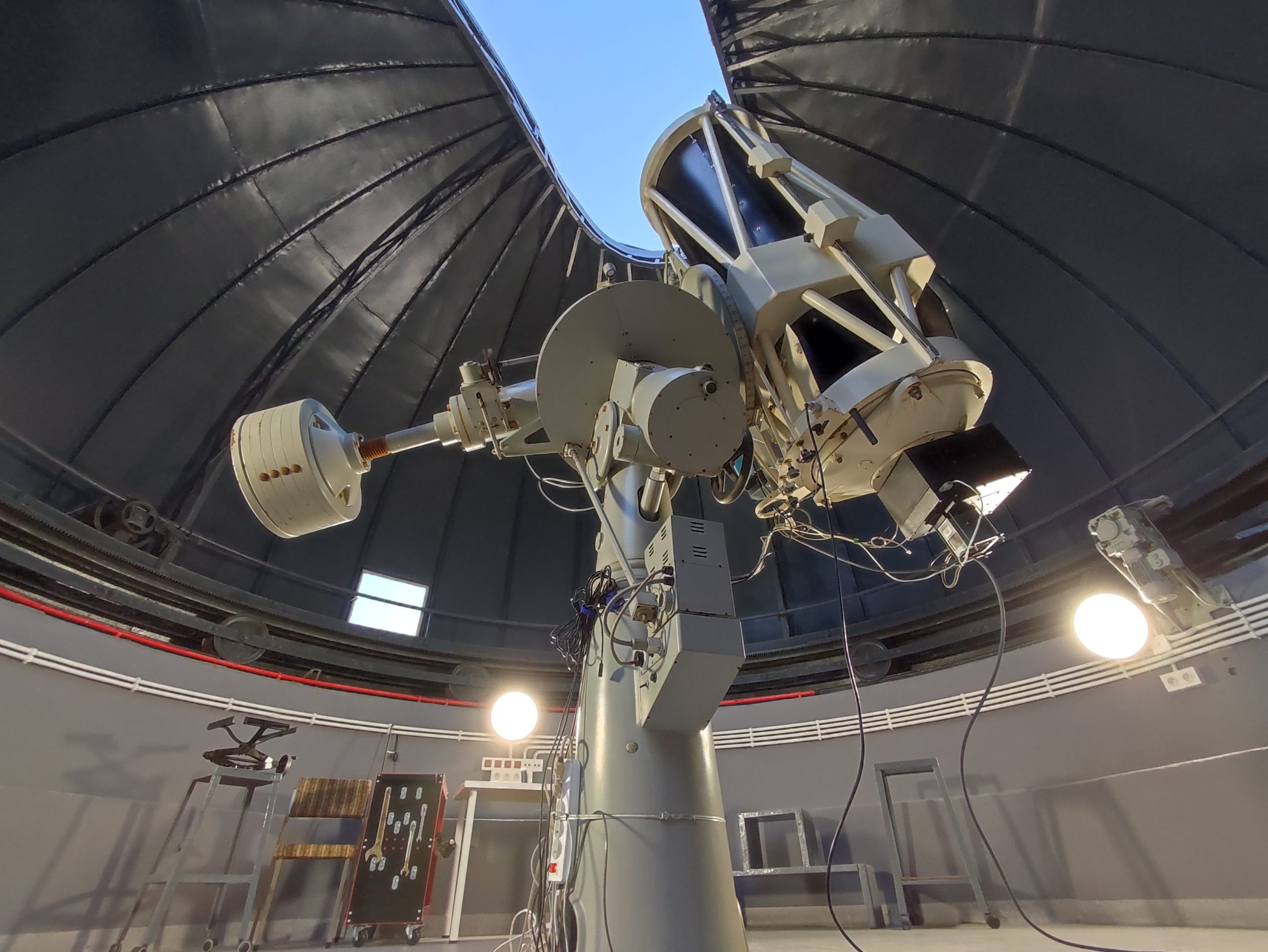
The telescope equipped with an Andor Tech. DW432-BV CCD camera
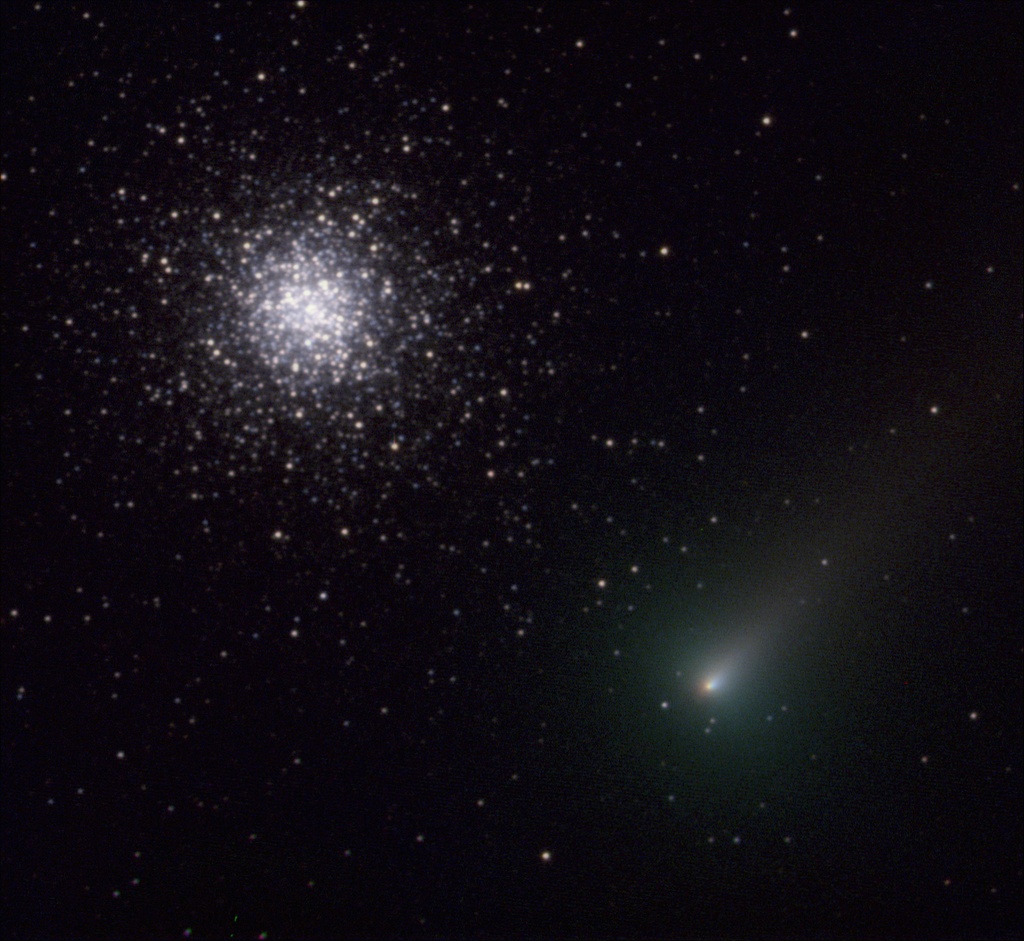
image taken with Białków telescope<
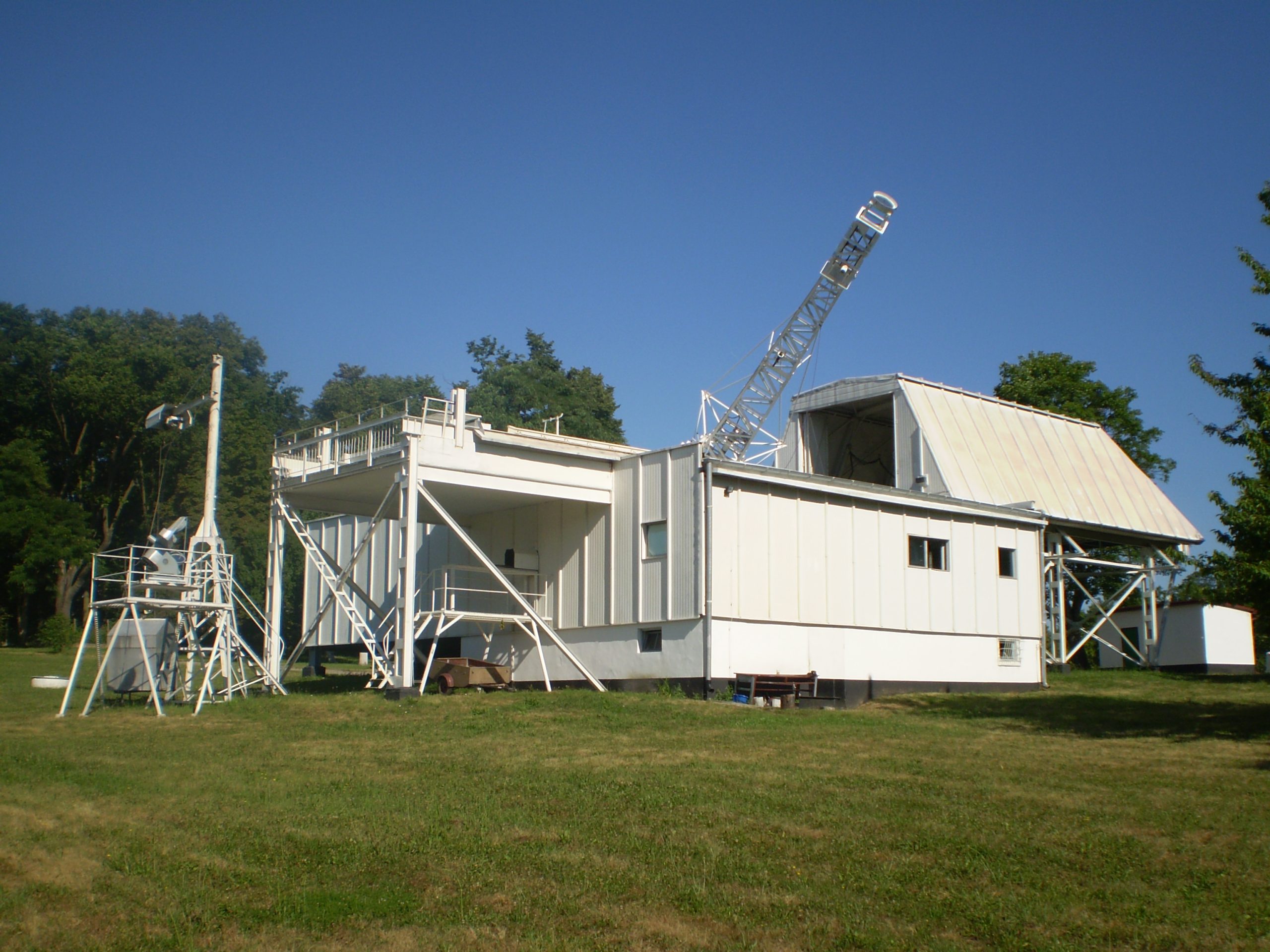
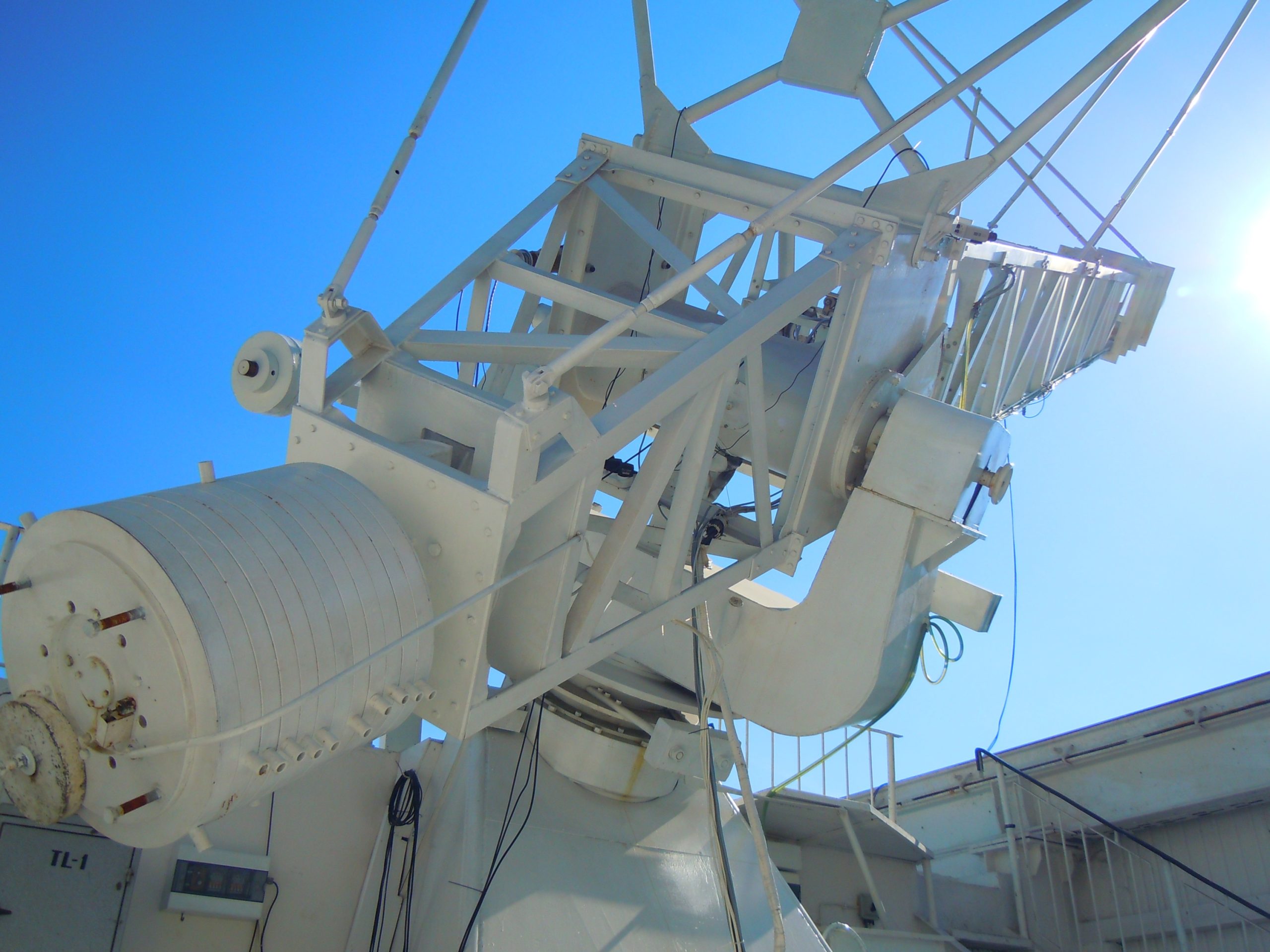
the
Large Coronagraph
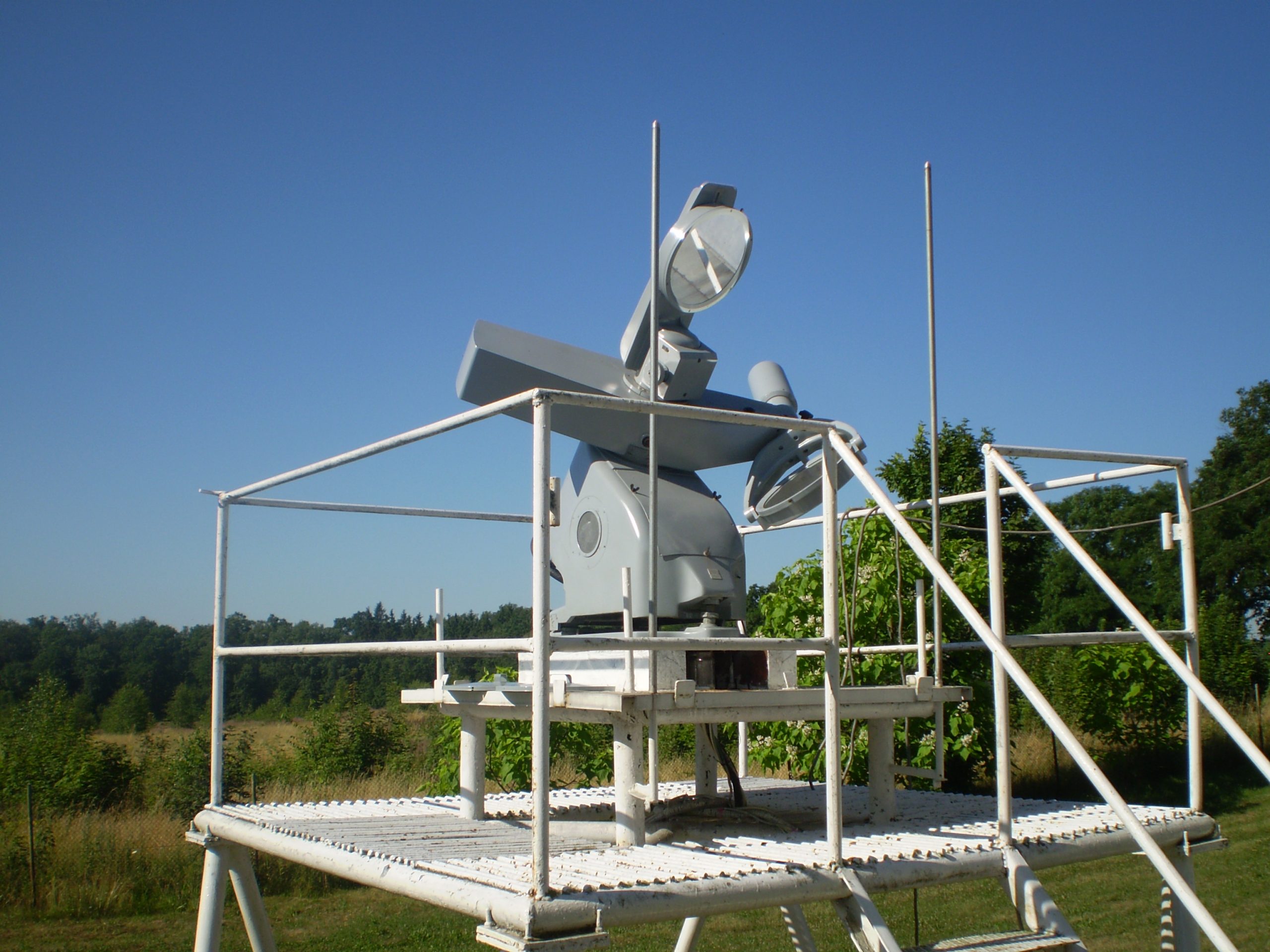
auxiliary Horizontal Telescope
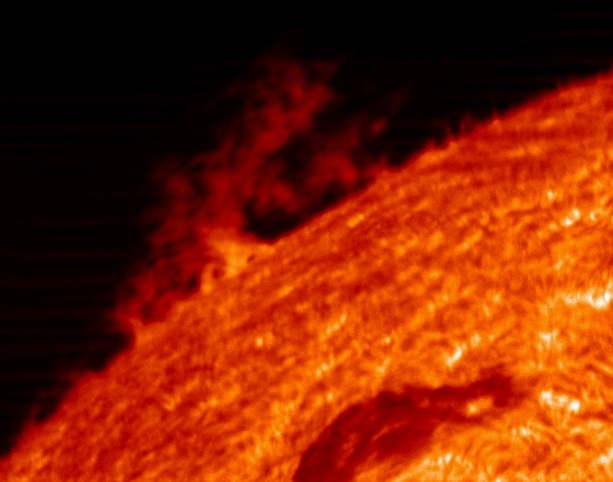
Heliophysics observatory
In our Astronomical Observatory located at Białków, we have two heliophysic telescopes, which are used for spectroscopic observations of the Sun in the optical range of electromagnetic spectrum. These are: the Large Coronagraph (with a main objective diameter of 53 cm) and the smaller, auxiliary Horizontal Telescope (with a objective diameter of 15 cm). Both telescopes can power the MSDP imaging spectrograph, which make it possible to obtaining both solar spectra within the H-alpha line of hydrogen (656.3 nm) and to reconstruct monochromatic images within the spectrograph’s field of view. The important information is that the Large Coronagraph can be used not only to observe the solar corona, but also to the surface of the Sun, after removing the artificial moon from the light beam.
Heliophysicists from the Astronomical Institute of the University of Wrocław use both telescopes and the MSDP imaging spectrograph to observe active phenomena on the Sun, such as: solar flares, prominences, filaments, eruptions of plasma from the Sun, and the evolution of active regions. For over 20 years, a project of spectroscopic observations of solar flares with high time resolution (50 ms) has been carried out at Białków Obserwatory. The observational data collected in this project – constituting a unique database on a global scale – are currently used in international cooperation as a base of radiative-hydrodynamic numerical modelling of the solar atmosphere disturbing by the flares. Recently, observations of prominence made by the use the Large Coronagraph at Białków were the basis for two pioneering scientific articles comparing results with solar data from the ALMA radio telescope. Moreover, our research group often participates in international observational campaigns involving numerous ground-based and satellite observatories.
It is worth to adding that both telescopes and the MSDP spectrograph are used also for teaching purposes by both, students from our Institute and students from other university centers from all over the country.

